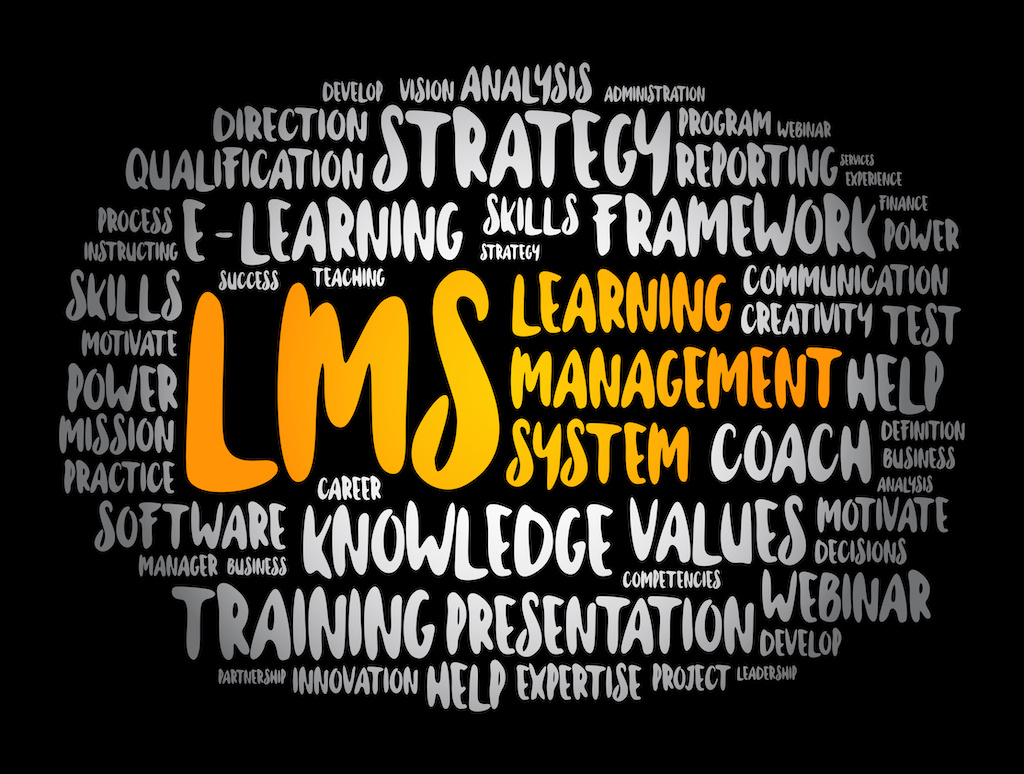After reading and writing about Steven Mintz’s Inside Higher Ed article questioning whether or not educational technology will ever live up to its promise, I thought about the workhorse software that most colleges and universities use: the Learning Management System (LMS).
After nearly two decades of working in online higher education, I have observed that most institutions use their LMS as the central repository for course shells containing syllabi, assignments, and assessments. The LMS, along with some add-on tools, can and should be much more. The opportunity to make it much more requires some discipline and standardization.
The key to the establishment of any course, online or on-ground, is the syllabus. Well-designed learning management systems not only have a specified location for a syllabus, but usually prescribe a standard format for a syllabus. Minimum syllabus requirements include an upfront statement of the expected learning objectives for the course, the expected assignments along with the timeline that they are due, and the grading rubrics for each assignment.
In addition, there are instructor expectations for completing assignments on time and how late assignments are evaluated, plagiarism policies, and any other institutional policies. Better practices include linking each week’s assignments with program-specific or institutional learning objectives that tie into the course learning objectives.
At traditional universities where the courses are generally taught face-to-face, the standardization of syllabi may or may not occur. With the utilization of an LMS, standardization is important, particularly for the evaluation of the effectiveness of online courses and the efficient operation of online teaching and learning at scale. I would suggest that the same evaluation could occur for face-to-face courses where the LMS is utilized for syllabi and assessments.
It’s relatively easy to pinpoint when the first online courses were offered to students. It’s safe to say that even institutions with tens of thousands of online students, hundreds of courses, and dozens, if not more than a hundred online programs, built their online courses one by one. Over time, any institution concerned about the quality and effectiveness of their online courses will recognize the importance of syllabus standardization.
With the standardization of syllabi, the effectiveness of course content and assessments can be measured — course by course, program by program, student by student. The leading learning management systems offer the ability to have auto-graded assessments that offer students instant feedback to their learning and provide faculty with additional time for substantive feedback or interactions with the students.
Measuring overall effectiveness can be done by extracting the data through a dashboard provided by the LMS vendor. Another way to do this assessment is through a dashboard provided by an LMS partner.
Data loaded in an LMS exists in a digital state. The more robust and standardized the data, the more it can be utilized in accurate dashboard reports. The most basic data considered are the grades issued for assessments as well as the final grade for a course. At the same time, since everything uploaded to the LMS is digital, there is much more.
Semantic analysis tools powered by AI algorithms are now capable of reviewing the learning objectives listed in a syllabus and comparing them to the assignments to ensure alignment. Effectively developed curriculum for certificates and degrees includes required courses, the key learning outcomes expected from those courses, and elective course options and the key learning outcomes expected from those courses as well.
A semantic analysis software tool can determine not only whether the courses are constructed properly by comparing course objectives with assignments, but it can also analyze the sequencing of courses and milestone assignments in those courses to determine if the content, assessments, and sequencing match the expectations of the faculty who developed and approved it. Holistically, these tools help to demonstrate that the professors and courses are teaching the expected lessons and content to students as they progress through their programs.
Using these tools, academic curriculum structured to prepare the student for a professional license can be reviewed to make sure that when the objectives change, the assessments change to match it or vice versa. This streamlined and standardized process of maintaining the curriculum helps to ensure that course content stays current and relevant.
As higher education institutions become more comfortable with the use of artificial intelligence (AI) tools, it’s important to know that most of the earliest and successful uses have been in data analytics. An LMS that is well-structured can provide data that can easily be migrated into a data lake used for AI analysis.
Beyond the data already mentioned could be data from student and faculty discussion board posts, data from student and faculty logins, and other similar information. Complementary data from the Student Information System (SIS), such as student demographic information, enrollment trends, and course pairings could be included in the data lake to provide analyses of student academic engagement, as well as potential explanations for student persistence and/or student dropout.
Once again, there are a number of companies that provide tools that are able to dive deeply into the digital data collected by an LMS. As more colleges and universities expand their utilization of the LMS as well as their online course offerings, I am optimistic that the faculty and staff responsible for improving learning outcomes as well as student persistence insist on structure and standardization in order to utilize the continuing advancement of AI-enabled software. The benefits will far outweigh the costs, particularly as we are able to learn more about how to achieve better outcomes through enhanced teaching, learning, and engagement.











